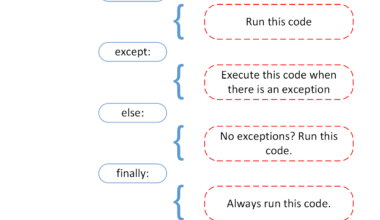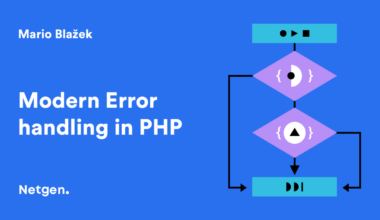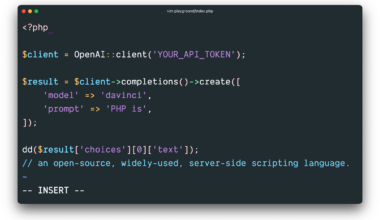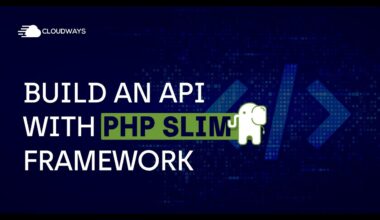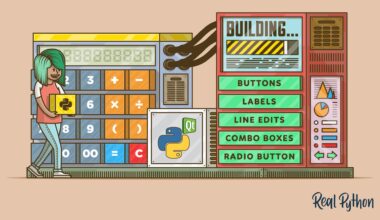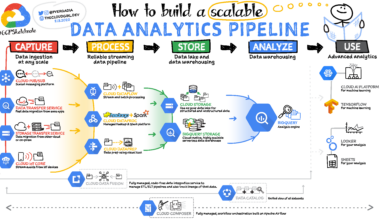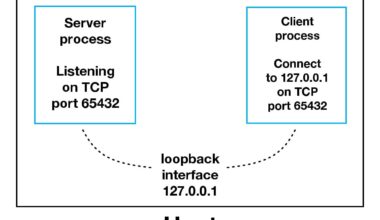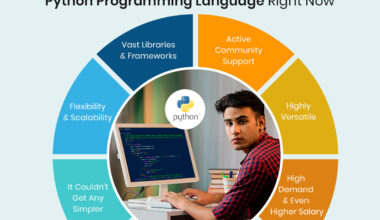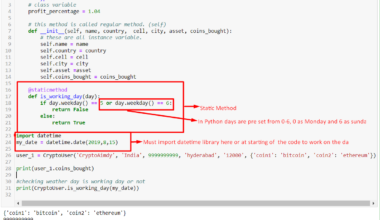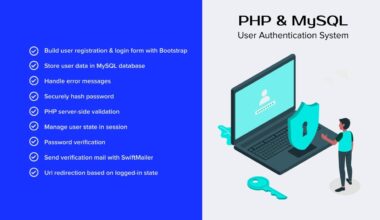Introduction to Python Programming
As a beginner, learning a new programming language can be intimidating, but Python is an excellent place to start! Python is a high-level, interpreted programming language that is widely used in various fields such as web development, data science, artificial intelligence, and more.
In this section, we will cover the basics of Python programming, including installation and setup, data types, variables, and input/output functions. Here is a breakdown of what you will learn:
Installation and Setup
Python is free and open-source, which makes it easy to get started with. You can download Python from their official website
here
.
Once you have installed Python, you will need an Integrated Development Environment (IDE) to write and run your code. There are many IDEs available, but the most popular ones are PyCharm, Visual Studio Code, and IDLE. You can choose any IDE that you prefer.
Data Types and Variables
In Python, there are several built-in data types, including integers, floats, strings, booleans, and more. Variables are used to store data values that can be reused later in the program.
Here is an example of how to declare and assign a variable in Python:
my_variable = "Hello, World!" print(my_variable)
Input/Output Functions
Input/output functions are used to interact with the user and display results. The
input()
function allows the user to enter data, while the
print()
function displays output on the screen.
Here is an example of how to use input/output functions in Python:
name = input("Enter your name: ")
print("Hello, " + name + "!")
In conclusion, Python is a powerful and versatile language that is easy to learn and use. By mastering the basics covered in this section, you will be well on your way to becoming a proficient Python programmer. In the next section, we will cover basic syntax and control statements.
Basic Syntax and Data Types
Now that you have learned how to set up Python and work with variables, it’s time to dive into the basic syntax of the language. Python has a simple syntax that makes it easy to read and write code.
Syntax
Syntax refers to the rules that govern the structure of programming code. In Python, indentation is used to indicate blocks of code. For example, in a loop or a function, the indented code block is executed repeatedly or when the function is called.
Here is an example of a for loop in Python:
for i in range(5):
print(i)
This code will print the numbers 0 through 4 on separate lines.
Data Types
Data types are the classification of data items in a programming language. Python has several built-in data types, including:
- Integers: whole numbers such as 1, 2, 3, and so on.
- Floats: decimal numbers such as 1.0, 2.5, 3.14159, and so on.
- Strings: a sequence of characters that are enclosed in quotes such as “Hello, World!”.
- Booleans: either True or False.
Here is an example of how to check the data type of a variable in Python:
x = 5 print(type(x))
This code will output ”
<class 'int'>
“, indicating that the variable x is an integer.
Operators
Operators are used to perform operations on variables and values. Python has several built-in operators, including arithmetic, assignment, comparison, and logical operators.
Here is an example of how to use arithmetic operators in Python:
x = 5 y = 2 print(x + y) # Addition print(x - y) # Subtraction print(x * y) # Multiplication print(x / y) # Division print(x % y) # Modulus print(x ** y) # Exponentiation
This code will output ”
7, 3, 10, 2.5, 1, 25
” on
Control Statements and Functions
Control statements and functions are essential components of any programming language. In Python, they allow you to control the flow of your program and execute specific tasks repeatedly. In this section, we will cover the basics of control statements and functions in Python.
Control Statements
Control statements allow you to control the flow of your program based on certain conditions. Python has three types of control statements: if statements, for loops, and while loops.
An if statement is used to execute a block of code if a particular condition is true. Here is an example of an if statement in Python:
x = 5
if x > 3:
print("x is greater than 3")
This code will output ”
x is greater than 3
” since the condition x > 3 is true.
A for loop is used to execute a block of code repeatedly for a specific range or sequence. Here is an example of a for loop in Python:
for i in range(5):
print(i)
This code will output the numbers 0 through 4 on separate lines.
A while loop is used to execute a block of code repeatedly as long as a particular condition is true. Here is an example of a while loop in Python:
x = 0
while x < 5:
print(x)
x += 1
This code will output the numbers 0 through 4 on separate lines since x starts at 0 and increments by 1 until it reaches 5.
Functions
Functions allow you to break your code into smaller, reusable pieces. In Python, you can define a function using the
def
keyword. Here is an example of a function in Python:
def greet(name):
print("Hello, " + name + "!")
greet("John")
This code will output ”
Hello, John!
” since the function greet takes a parameter name and prints a greeting with the name.
You can also return a value from a function using the
return
keyword. Here is an example of a function that returns a value in Python:
def add(x, y):
return x + y
result
Object-Oriented Programming in Python
Object-oriented programming is a programming paradigm that uses objects to represent and manipulate data. Python supports object-oriented programming, which makes it a powerful language for building complex applications. In this section, we will cover the basics of object-oriented programming in Python.
Classes and Objects
A class is a blueprint for creating objects. It defines the properties and methods that an object will have. In Python, you can define a class using the
class
keyword. Here is an example of a class in Python:
class Person:
def __init__(self, name, age):
self.name = name
self.age = age
def greet(self):
print("Hello, my name is " + self.name + " and I am " + str(self.age) + " years old.")
person1 = Person("John", 30)
person1.greet()
This code will output ”
Hello, my name is John and I am 30 years old.
” since the class Person has a method greet that prints a greeting with the name and age.
An object is an instance of a class. You can create an object by calling the class constructor. Here is an example of creating an object in Python:
person1 = Person("John", 30)
This code creates an object person1 of the class Person with the name “John” and age 30.
Inheritance
Inheritance is a mechanism that allows you to create a new class based on an existing class. The new class inherits all the properties and methods of the existing class and can add its own properties and methods. In Python, you can create a subclass by defining a new class that inherits from an existing class. Here is an example of inheritance in Python:
class Student(Person):
def __init__(self, name, age, student_id):
super().__init__(name, age)
self.student_id = student_id
def study(self):
print(self.name + " is studying.")
student1 = Student("Alice", 20, "123")
student1.greet()
student1.study()
This code will output ”
Hello, my name is Alice and I am 20 years old.
Alice is studying.
Final Thought: Advanced Topics and Resources
Python is a versatile language with a vast range of applications. As you progress in your Python learning journey, you may want to explore more advanced topics and resources to enhance your skills. Here are some advanced topics and resources that you can explore:
Advanced Topics
-
Web Development:
Python has a vast range of web frameworks such as Django, Flask, Pyramid, and more. These frameworks allow you to create web applications with ease. You can learn more about web development with Python by exploring the official documentation of these frameworks. -
Data Science:
Python is a popular language for data science, and it has several libraries such as NumPy, Pandas, SciPy, Matplotlib, and more that you can use for data analysis and visualization. You can learn more about data science with Python by taking online courses or reading books on the subject. -
Artificial Intelligence:
Python has several libraries such as TensorFlow, Keras, PyTorch, and more that you can use for machine learning and artificial intelligence. You can learn more about these libraries by taking online courses or reading books on the subject.
Resources
-
Python Documentation:
The official Python documentation is an excellent resource for learning Python. It contains detailed information on the language, standard library, and more. -
Python Libraries:
Python has a vast range of libraries that you can use for various purposes. You can explore these libraries on the official Python Package Index (PyPI) website. -
Online Courses:
Online courses are an excellent way to learn Python. You can take courses on various platforms such as Coursera, Udemy, Codecademy, and more. -
Books:
There are several books on Python that you can read to enhance your skills. Some popular books include “Python Crash Course” by Eric Matthes, “Python for Data Analysis” by Wes McKinney, “Deep Learning with Python” by Francois Chollet, and more. -
Online Communities:
Online communities such as Reddit, Stack Overflow, and Python.org are











